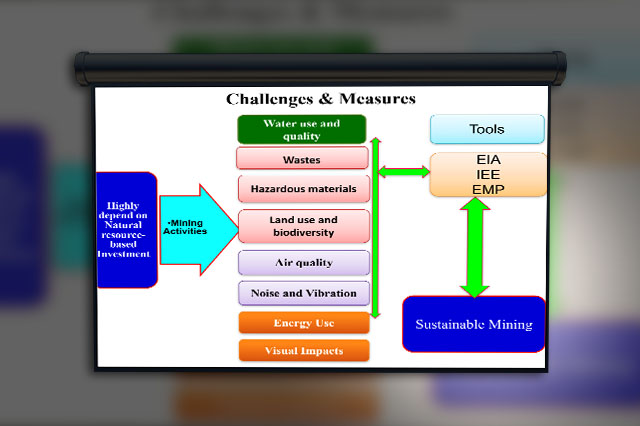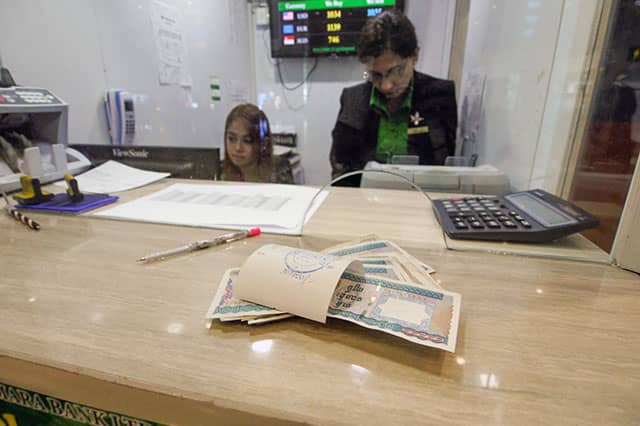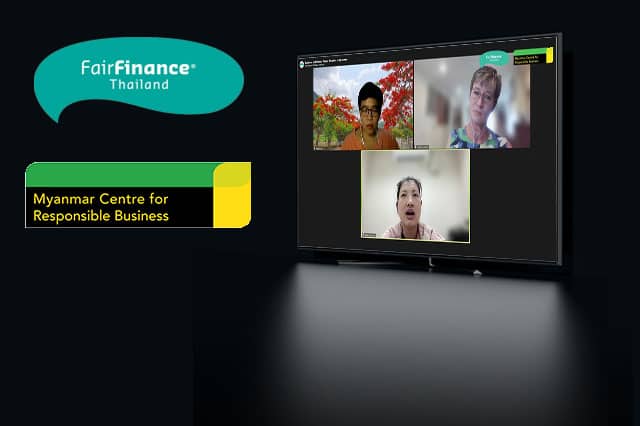‘Environmental Impact Assessments in Myanmar’ Workshop

On 12 September 2016, MCRB and ERM co-organised a discussion on ‘Environmental Impact Assessments (EIAs) in Myanmar’ with civil society organisations (CSOs), with the objective of sharing experience and knowledge of EIAs.
The work shop was attended by around 20 participants from a range of CSOs, as well as by officials from the Ministry of Natural Resources and Environmental Conservation (MONREC).
The workshop heard a presentation by Vicky Bowman on current initiatives concerning EIA and impact assessment in Myanmar and how this fitted with current practices taking place.
This led to discussion on EIA process, and MONREC and DICA involvement and roles.
U Than Aye, Director of MONREC, gave a presentation on EIA, highlighting the current work load that MONREC faces and the high number of applications.
ERM then led a series of presentations, the first by Craig Reid, Country Manager for Myanmar at ERM outlining the stages that ERM Consultants took when carrying out an ERM. Discussion revolved around at which stages public participation was taking place, and how stake holders were chosen and engaged with.
Piers Touzel, Partner at ERM, led a presentation that he has previously given to local EIA consultants, he emphasised how the EIA should be used as decision making tool and not seen be seen as a requirement to tick boxes.
Neena Singh gave a presentation on Social Impact Assessments (SIA), and spoke in detail with examples on how important public participation is. One of the examples given discussed how ships carrying out seismic surveys would disrupt the local fishing vessels. Due to public participation a solution was put forward by local fishermen that the seismic surveys could be carried out during the full moon because the local fishermen don’t fish during the full moon. It was highlighted that without public participation this solution wouldn’t have been used.
Further discussion took place around key documents and resources that were available, land acquisition and at what stage this takes place in the EIA process and public disclosure of the EIA. Discussions took place on a Chatham House Rules Basis.
Read also
- Building Environmental Legal Advocacy Skills for Civil Society Leaders
- Investors Need to Identify their Impacts on Myanmar’s Biodiversity and Ecosystems Early On, to Avoid Cost and Conflict Later
- Building Understanding of EIA and Responsible Business for Civil Society Groups in Southern and Eastern Shan State
- Working with Community Groups in Shan State on Responsible Business and EIA
- Join MCRB and Thant Myanmar in the Battle to Beat Plastic Pollution
 English
English မြန်မာ
မြန်မာ မြန်မာ (unicode)
မြန်မာ (unicode)










